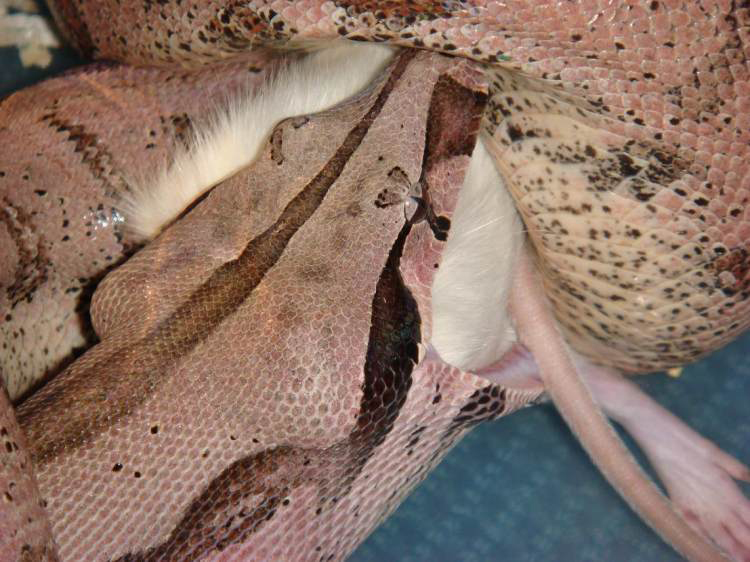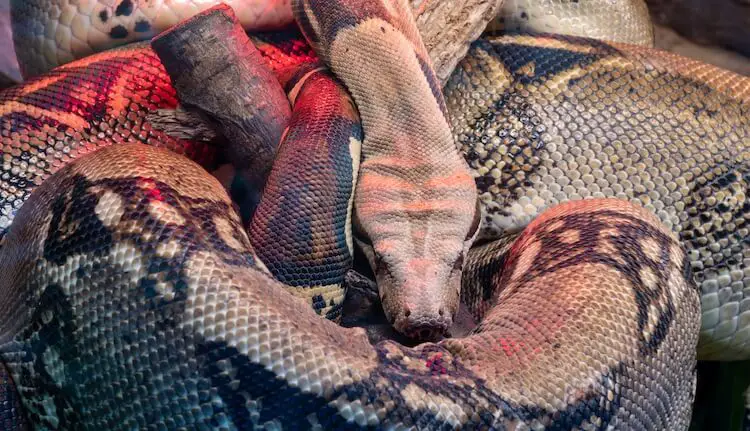

Despite this extensive new database, we were unable to find morphological support for the major rearrangement of the deep divergences in Squamata proposed by recent molecular studies. This, along with the inclusion of stem fossils, provided an unparalleled sample of the phenotype enabling us to more fully explore the extreme incongruences between molecular and morphological topologies for the squamate tree of life. Our study relied on traditionally prepared specimens as well as high-resolution computed tomography scans that afforded unprecedented access to the cranial anatomy of Squamata. Although recent gene phylogenies seem to do so, they also differ radically from any phylogeny based on the phenotype, especially for the most ancient crown squamate divergences that occurred during the latter half of the Mesozoic. Genetic data, presumably less burdened by the potential for adaptive convergence related to fossoriality, were expected to resolve these conflicts. Carnivorous lizards (especially snakes, mosasaurs and varanoids) have proven a close second. Long-bodied, limb-reduced, “snake-like” fossorial lizards - most notably dibamids, amphisbaenians and snakes - have been and continue to be the chief source of character conflict in squamate morphological phylogenetics. There are also several novel elements, some of which pose striking departures from traditional ideas about lizard evolution (e.g., that mosasaurs and polyglyphanodontians are on the scleroglossan stem, rather than parts of the crown, and related to varanoids and teiids, respectively). These data enabled us to infer a tree much like those derived from previous morphological analyses, but with better support for some key clades.

It is a member of the family Boidae, which is found throughout Latin America. We assembled a dataset of 192 carefully selected species - 51 extinct and 141 extant - and 976 apomorphies distributed among 610 phenotypic characters to investigate the phylogeny of Squamata (“lizards,” including snakes and amphisbaenians). The common northern boa ( Boa imperator ), also called the Central American boa, is a large, heavily-built species of boa snake. Behlke ( Bulletin of the Peabody Museum of Natural History, 53, 3-308, 2012).
#COMMON BOA CONSTRICTOR ANATOMY SKIN#
Hunted for their fine, ornate skin and for sale in the exotic pet trade, some boa constrictors have protected status in their range.This page serves supplemental imagery for a paper entitled Assembling the Squamate Tree of Life: Perspectives from the Phenotype and the Fossil Record by J.A. The largest boa constrictor ever found measured 18 feet.

Boas are about 2 feet long when they are born and grow continually throughout their 25 to 30-year lifespan. Ultrasonographic anatomy of the coelomic organs of boid snakes (Boa. Reproduction and Conservationįemale boas incubate eggs inside their bodies and give birth up to 60 live babies. Boa constrictor is a wide ranging snake species that is common in the pet trade and. Their jaws can stretch wide to swallow large prey whole. Boas will eat almost anything they can catch, including birds, monkeys, and wild pigs. Their jaws are lined with small, hooked teeth for grabbing and holding prey while they wrap their muscular bodies around their victim, squeezing until it suffocates. Significantly smaller than anacondas, boas can grow up to 13 feet long and weigh more than 100 pounds. Like their anaconda cousins, they are excellent swimmers, but prefer to stay on dry land, living primarily in hollow logs and abandoned mammal burrows. Behaviorīoas are nonvenomous constrictors found in tropical Central and South America.

Depending on the habitat they are trying to blend into, their bodies can be tan, green, red, or yellow, and display cryptic patterns of jagged lines, ovals, diamonds, and circles. Boa constrictors wear some of the most distinctive markings of all reptiles.


 0 kommentar(er)
0 kommentar(er)
